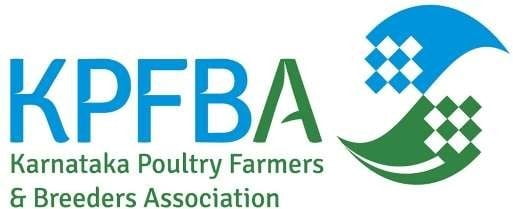How Millet Farming Empowers Women
An unannounced change is taking place in the way some rural women are going about their lives. Simultaneously, public healthcare is paying better attention to what affects them fundamentally. If these changes take root and go forward on their own momentum, they will bring about a significant change in the well being of women and also society as a whole. After Mogulamma lost her husband she had to take charge of their small two-acre farm in Telangana and fend for herself. The 36-year old has thereafter received national attention and accolades for becoming a successful millet grower through organic farming. Millets are a source of important nutrition and their cultivation consumes less water.
Last year she received the Nari Shakti award from the President on behalf of the All India Millet Sisters Network for her achievement. This year she journeyed to New York to receive the UNESCO Equator prize for environmental conservation.
Millet cultivation
It is her mother-in-law who first came under the influence of the Millet Sisters Network. Then when she passed away a couple of years ago and Mogulamma’s husband became ill and bed-ridden, the whole responsibility of fending for the family fell on her shoulders. She bore this manfully and with time her work changed her self-perception. The Millet Sisters Network trains women across the country in organic farming by using vermin-compost, farm manure and panchgavya (made from cow products) for both crop nutrition and pest control. It was initially an uphill task — first losing her ailing husband and then struggling to learn how to cultivate successfully. Initially on some days it was difficult for her to organise a meal. She found solace in a network of local women and slowly more and more of her time has gone in working with the network which brings within it fold village women who want to travel the same path.
Backyard poultry
The Millet Sisters Network stretches across the country but something as deep-rooted and wider in reach is growing in rural India. Rearing backyard poultry is taking off in a big way. Between two livestock censuses of 2012 and 2019, total poultry in the country has gone up by 17 per cent, but backward poultry (as opposed to commercial poultry) has gone up by 46 per cent. This single initiative, led by women of farm families, is able to address three deep rooted problems — poverty, malnutrition and gender bias. It allows the women to give their families, particularly children, eggs and occasionally poultry meat, thereby adding a nutritional supplement. Buying equivalent food from the market would be unaffordable. The benefits of this practice are so obvious that it has caught on in a big way, as the findings of the census would indicate. The women raise country chicken in free range conditions and are increasingly going in for genetically improved varieties of indigenous low input technology birds which fend for themselves party by scavenging. These improved country type chicken are resilient to weather changes and able to defend themselves better from predators. The backyard poultry raising is particularly useful to rural families of indigenous people living in remote areas which are away from big markets. Plus, the fact that the women of the households raise and look after the poultry improves their status within the family and adds to their empowerment. In view of the importance of backyard poultry rearing, State governments have adopted poultry development programmes. Under the centrally sponsored programme, families below the poverty line get chicks. The norms include women making up at least 30 per cent of the beneficiaries. Financial help is given to build night shelters for the birds.
Government help is also given to run mother units which take care of brooding and vaccination of chicks. As rearing backyard poultry is a low cost operation, a woman can earn a profit of 3,000 in each three-month cycle. In this way by rearing backyard poultry women are able to supplement their family income and nutritional requirements the same way as looking after a couple of milch cows has done for decades now under Operation Flood.
Better health
A remarkable change is also simultaneously taking place in the health and life expectancy of women. The maternal mortality rate, measured by the number of maternal deaths per hundred thousand live births, has gone down sharply by 27 per cent, from 167 during 2011-13 to 122 during 2015-17. This has bettered the millennium development goal and is on track to reach the sustainable development goal of 70 by 2030. The southern States, already at 77, are near that goal. The government attributes the improvement mainly to the rise of institutional deliveries across the country with almost 80 per cent of deliveries now taking place under institutional care, compared to 40 per cent a decade ago. To get more poor women to come and get admitted to hospitals for delivery, the government has been improving the public healthcare system. Free drugs and diagnostics are being offered as encouragement to pregnant women to make institutional visits as a pregnancy progresses, creating the mind-set to come and get admitted to the health facility when delivery time comes. Also, more women are being treated for anaemia. The fall in MMR is also attributed to changes in social attitudes. There is a slow decline in child marriages and teenage pregnancies. As rural women help their families earn and live better and get better care during childbearing, both their status and the nation’s well-being get a push forward.
Source: The Hindu Business Line




